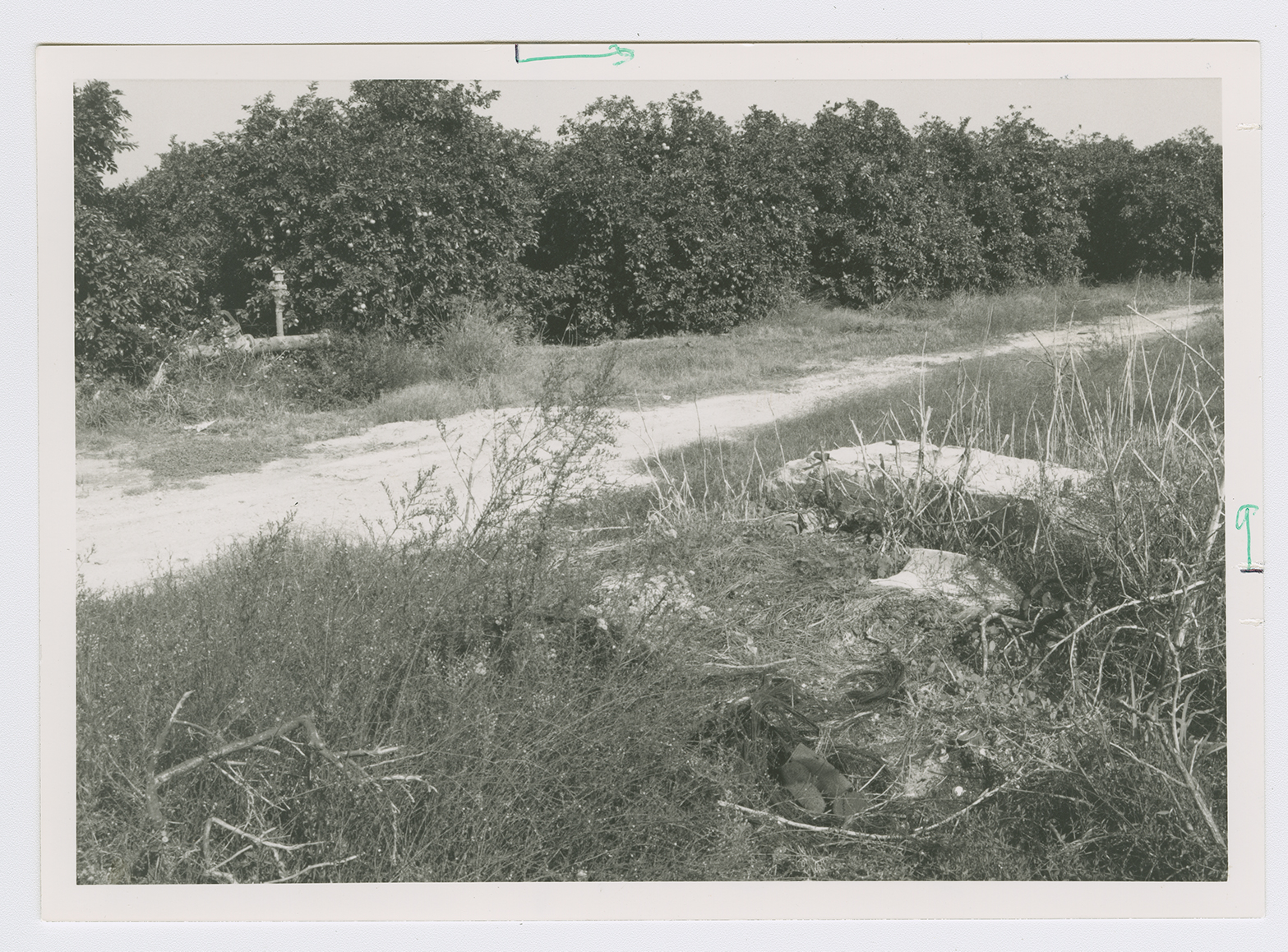| Year | Arab | Total |
|---|---|---|
| 1931 | 994 |
| Year | Arab | Jewish | Public | Total |
|---|---|---|---|---|
| 1944/45 | 2348 | 2807 | 173 | 5328 |
| Use | Arab | Jewish | Public | Total | ||||||||||||
|---|---|---|---|---|---|---|---|---|---|---|---|---|---|---|---|---|
|
24 | 173 | 197 (4%) | |||||||||||||
|
1602 | 1116 | 2718 (51%) |
The village stood on undulating terrain on the coastal plain. It was linked to the town of Qalqilya, about 8 km to the east, by a secondary road that also crossed the coastal highway a short distance to the east of the village. Tabsur was constructed prior to the middle of the nineteenth century on an archaeological site. In the late nineteenth-century, Tabsur was a moderate-sized hamlet (and later classified as such by the Palestine Index Gazetteer) with a well to the north. The village plan was rectangular, extending in a north-west direction. Its houses were built of mud and cement. During the British Mandate, the village established an elementary school for boys. The village also had a few shops. Drinking water was supplied by wells around the village site, mainly by one to the north. Agriculture was based on grain, legumes, watermelons, and cucumbers. In 1944/45 a total of 1,602 dunums was allocated to cereals; 24 dunums were irrigated or used for orchards. The village contained archaeological remains that included the foundations of a building, a well, fragments of a mosaic pavement, and tombs.
Tabsur was 'the first village largely to be abandoned' in the area of heavy Jewish settlement just north of Tel Aviv, according to Israeli historian Benny Morris. Most villagers reportedly left as early as 21 December 1947 out of fear of Jewish attacks. While there had been a considerable number of attacks in the area in the preceding few weeks, there is no record of a specific assault on Tabsur. However, other evidence suggests that at least some villagers remained in their homes for another three months, until 3 April. On that date, according to an Israeli military intelligence report, people from Tabsur were expelled by order of the Haganah in the course of the final 'clearing' of this coastal area (see Khirbat al-Shuna, Haifa sub-disctrict).
Zionists established the settlement of Ra'anana (138176) south of the village in 1921, just across the boundary between Jaffa and Tulkarm sub-disctricts. It has since expanded to form a town, so that some of its suburbs are on village land. Batzra (138179), founded in 1946 on village lands, is north of the village site.
The village site has been completely covered with Israeli citrus orchards, making it difficult to distinguish from the surrounding lands. Citrus and cypress trees grow on the village lands.

